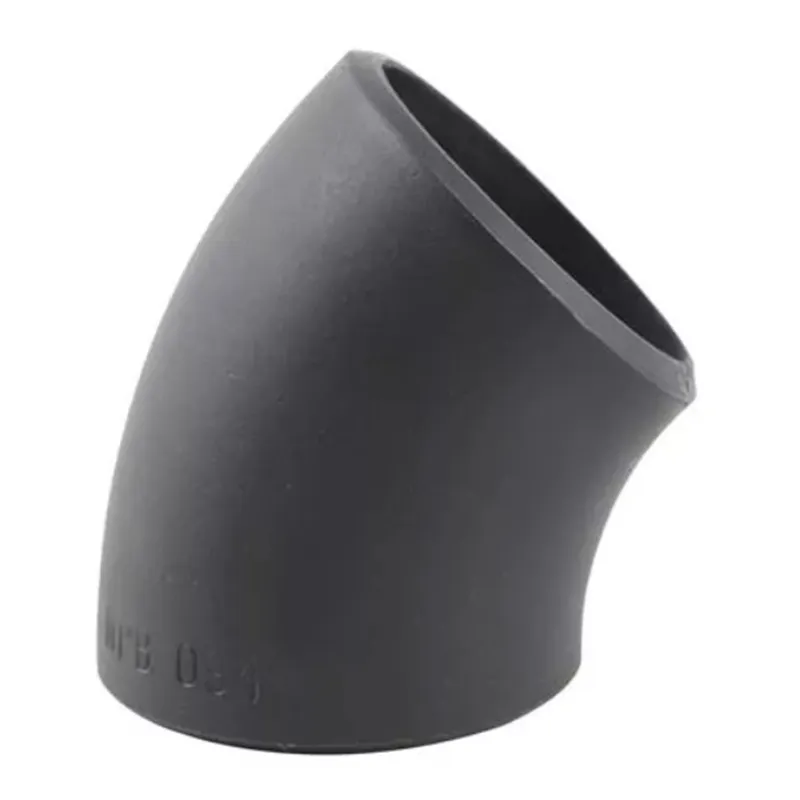-
Cangzhou Yulong Steel Co., Ltd.
-
Phone:
+86 13303177267 -
Email:
admin@ylsteelfittings.com
- English
- Arabic
- Italian
- Spanish
- Portuguese
- German
- kazakh
- Persian
- Greek
- French
- Russian
- Polish
- Thai
- Indonesian
- Vietnamese
- Zulu
- Korean
- Uzbek
- Hindi
- Serbian
- Malay
- Ukrainian
- Gujarati
- Haitian Creole
- hausa
- hawaiian
- Hebrew
- Miao
- Hungarian
- Icelandic
- igbo
- irish
- Japanese
- Javanese
- Kannada
- Khmer
- Rwandese
- Afrikaans
- Albanian
- Amharic
- Armenian
- Azerbaijani
- Basque
- Belarusian
- Bengali
- Bosnian
- Bulgarian
- Catalan
- Cebuano
- China
- China (Taiwan)
- Corsican
- Croatian
- Czech
- Danish
- Esperanto
- Estonian
- Finnish
- Frisian
- Galician
- Georgian
- Kurdish
- Kyrgyz
- Lao
- Latin
- Latvian
- Lithuanian
- Luxembourgish
- Macedonian
- Malgashi
- Malayalam
- Maltese
- Maori
- Marathi
- Mongolian
- Myanmar
- Nepali
- Norwegian
- Norwegian
- Occitan
- Pashto
- Dutch
- Punjabi
- Romanian
- Samoan
- Scottish Gaelic
- Sesotho
- Shona
- Sindhi
- Sinhala
- Slovak
- Slovenian
- Somali
- Sundanese
- Swahili
- Swedish
- Tagalog
- Tajik
- Tamil
- Tatar
- Telugu
- Turkish
- Turkmen
- Urdu
- Uighur
- Welsh
- Bantu
- Yiddish
- Yoruba

Dec . 06, 2024 21:53 Back to list
slip on flanges class 150
Understanding Slip-On Flanges Class 150 An Overview
Flanges are critical components in piping systems, providing a method of connecting pipes, valves, pumps, and other equipment to form a complete system. Among the various types of flanges, slip-on flanges are widely used, particularly in lower-pressure applications. This article delves into the specifics of slip-on flanges with a focus on Class 150, exploring their features, applications, advantages, and installation considerations.
What Are Slip-On Flanges?
Slip-on flanges are designed to fit over the end of a pipe and are typically welded in place. Their straightforward design and ease of use make them a popular choice in various industrial applications. The distinguishing feature of slip-on flanges is the way they connect to the pipe; they can be slipped over the pipe end and then welded both inside and outside, providing a secure and leak-proof joint.
Class 150 Flanges Specifications and Characteristics
The term Class 150 refers to the pressure rating of the flange. In the context of slip-on flanges, Class 150 flanges are rated for a maximum pressure of 150 psi at a temperature of 100°F. However, it's essential to recognize that the pressure rating decreases as temperature increases. For instance, at higher temperatures, the materials' strength may diminish, leading to reduced pressure handling capabilities.
Materials typically used for Class 150 slip-on flanges include carbon steel, stainless steel, and various alloy steels, making them suitable for a wide range of environments, including chemical processing, oil and gas, and municipal water systems. The material choice depends on the specific requirements of the application, including temperature, pressure, and the chemical nature of the transported fluid.
Applications of Slip-On Flanges Class 150
Slip-on flanges Class 150 are utilized across numerous industries due to their versatility. Common applications include
1. Water Supply Systems In municipal and industrial water systems, slip-on flanges facilitate connections among pipes and fittings, allowing for straightforward assembly.
2. Oil and Gas These flanges are often used in various components of oil and gas pipelines, providing reliable connections that can withstand moderate pressures.
3. Chemical Processing Handling various chemicals, these flanges are advantageous due to their adaptability to different materials that resist corrosion and other chemical reactions.
4. HVAC Systems In heating, ventilation, and air conditioning systems, Class 150 slip-on flanges assist in connecting duct work and piping effectively and securely.
slip on flanges class 150

Advantages of Slip-On Flanges Class 150
The advantages of using slip-on flanges are numerous
1. Ease of Installation Slip-on flanges are relatively easy to align and weld, leading to quicker assembly times on site.
2. Cost-Effective Generally, slip-on flanges are more economical than other flanges such as welded or blind flanges, making them favored in large-scale projects where cost efficiency is critical.
3. Versatile Joinery These flanges can be used with different types of piping materials, allowing for flexibility in design and construction.
4. Reduced Risk of Joint Failure When correctly welded, slip-on flanges provide a strong and reliable joint that reduces the risk of leaks compared to mechanical joints.
Installation Considerations
While slip-on flanges offer various advantages, careful attention must be paid during installation to ensure optimum performance
1. Alignment Proper alignment of the flange and pipe is crucial to avoid excessive stress on the joint, which could lead to failure over time.
2. Welding Technique The quality of the welds, both internal and external, plays a vital role in the longevity and reliability of the flange connection. Adopting the correct welding technique is essential.
3. Material Compatibility It’s crucial to ensure that the flange material is compatible with the pipe material to prevent galvanic corrosion and ensure a strong joint.
Conclusion
Slip-on flanges Class 150 represent an important choice for various piping applications, offering a combination of ease of use, cost efficiency, and reliable performance. Understanding their specifications, applications, and installation requirements is essential for engineers and professionals involved in designing and maintaining piping systems. By selecting the appropriate flange type and ensuring correct installation practices, industries can enhance the performance and longevity of their piping systems.
Latest news
-
ANSI 150P SS304 SO FLANGE
NewsFeb.14,2025
-
ASTM A333GR6 STEEL PIPE
NewsJan.20,2025
-
ANSI B16.5 WELDING NECK FLANGE
NewsJan.15,2026
-
ANSI B16.5 SLIP-ON FLANGE
NewsApr.19,2024
-
SABS 1123 FLANGE
NewsJan.15,2025
-
DIN86044 PLATE FLANGE
NewsApr.19,2024
-
DIN2527 BLIND FLANGE
NewsApr.12,2024
-
JIS B2311 Butt-Welding Fittings LR/SR 45°/90° /180°Seamless/Weld
NewsApr.23,2024











